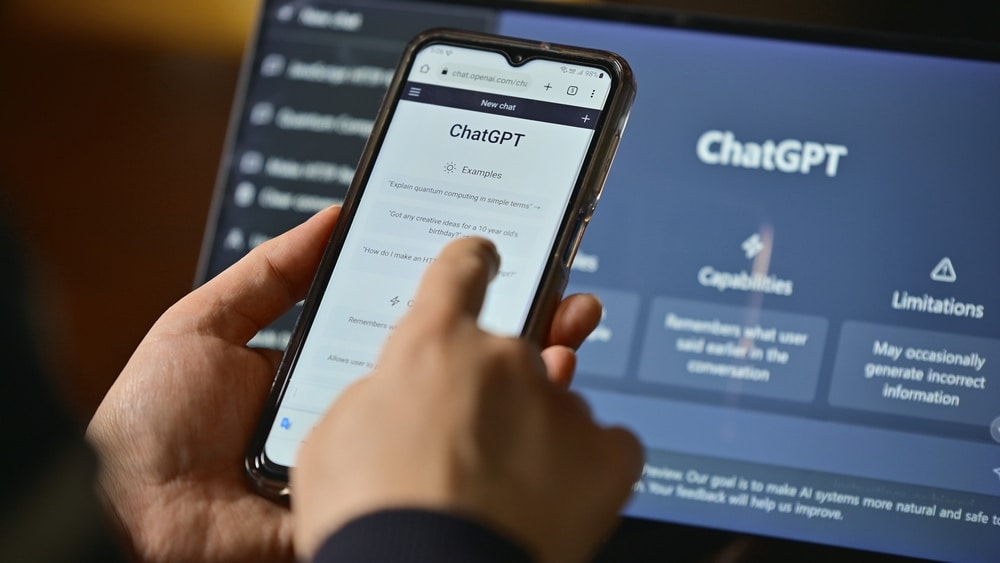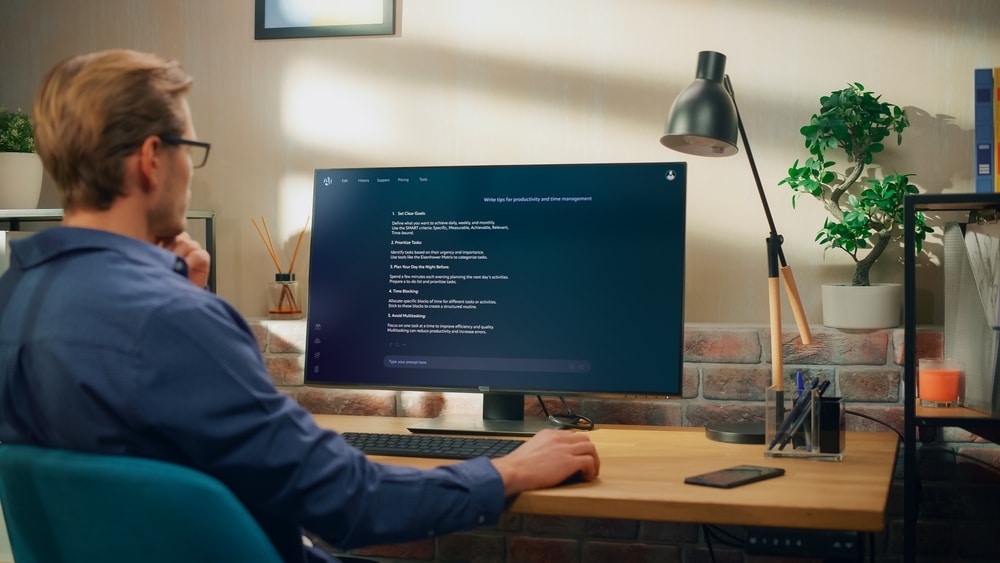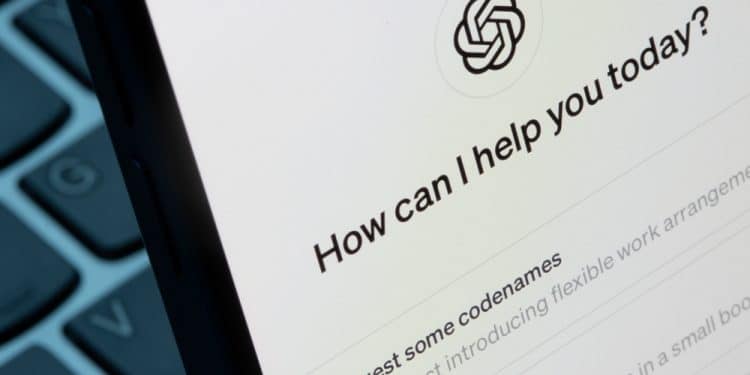We’ve all heard the buzz—AI is taking over the workplace. But here’s the thing: it’s not here to replace your job. It’s here to help you do your job better. And if you know how to talk to it, ChatGPT can become your personal assistant, brainstorming buddy, and time-saving machine all in one.
Even seeing those quiet colleagues being more productive than you? The real trick? Knowing what to ask.
This post covers five practical ChatGPT work prompts that actually make a difference in your daily workflow—no tech skills required. Whether you’re writing emails, planning meetings, or organizing your to-do list, these prompts can shave hours off your week.
Why Prompts Matter
ChatGPT isn’t a mind reader. While it’s smart, it’s only as helpful as the question you give it. That’s where prompts come in. A good prompt is clear, specific, and outcome-driven. Think of it like giving directions—you’ll get much better results if you’re detailed about where you want to go.
When it comes to using ChatGPT at work, your prompts are the steering wheel. The better you get at writing them, the more useful (and impressive) your AI assistant becomes.
Now let’s dive into the chatgpt work prompts that are actually worth using.
1. The “Help Me Write It Faster” Prompt
What it’s for: Drafting emails, reports, blog posts, proposals, or just about any kind of writing task.
Prompt Example:
“Write a professional email to a client named Sarah, thanking her for her feedback on our product update. Mention that we’ve fixed the bugs she flagged and invite her to try the new version.”
Why it works: You’re giving ChatGPT a clear audience (Sarah), tone (professional), and goal (thank-you + update). It saves you from blank page syndrome and gets the message out quickly.

You can tailor it even more by adding:
- The tone (casual, formal, upbeat)
- The purpose (follow-up, apology, celebration)
- The context (internal team, new client, angry customer)
Bonus Tip: If the draft feels too long or too stiff, just follow up with, “Can you make it shorter and friendlier?” That’s the beauty of AI—it doesn’t get annoyed with edits.
2. The “Summarize This Mess” Prompt
What it’s for: Turning long notes, transcripts, or brainstorms into neat summaries.
Prompt Example:
“Summarize the following meeting notes into bullet points with clear action items and deadlines. Audience: internal marketing team.”
Then paste your notes underneath.
Why it works: You’ve asked ChatGPT to filter, organize, and present key takeaways—not just repeat back what you wrote. That’s a huge time-saver when you’re too busy to clean up a messy doc.
This type of prompt is great for:
- Meeting recaps
- Interview notes
- Customer call transcripts
- Slack threads
Efficiency Boost: Using ChatGPT work prompts like these daily can turn your AI into your go-to documentation assistant—no more digging through vague paragraphs to remember who’s doing what.
3. The “Make This Sound Better” Prompt
What it’s for: Polishing presentations, proposals, or anything client-facing.
Prompt Example:
“Rewrite this paragraph to sound more confident and persuasive, without making it too pushy:
‘We believe this solution might be helpful in some cases depending on client needs.’”
ChatGPT output:
“This solution is designed to meet a wide range of client needs and deliver consistent value across multiple scenarios.”
Why it works: Many people struggle to find the right tone in professional writing. This is where chatgpt work prompts shine—especially when you need to make your words more polished, persuasive, or approachable.
You can ask ChatGPT to:
- Reword a paragraph to sound more confident
- Make your language friendlier or more formal
- Remove filler and tighten up your message
- Add persuasive phrases for a pitch
Pro tip: Use this before sending important messages or when preparing slide decks for higher-ups.
4. The “Plan My Day” Prompt
What it’s for: Organizing your tasks when your brain is overloaded.
Prompt Example:
“I have 2 hours this morning and 3 meetings in the afternoon. I need to finish a report, respond to emails, and review a presentation. What’s the best way to structure my day?”
Why it works: You’re giving ChatGPT the raw ingredients—time, tasks, and constraints—and letting it suggest a logical plan. It’s like a mini project manager in your pocket.
This can be especially helpful when:
- You’re behind and don’t know where to start
- Your calendar is packed and you need to focus
- You want to work smarter, not harder
Bonus Prompt:
“Organize my to-do list into categories: urgent, important, and can wait.”
These types of chatgpt work prompts help you cut through the mental clutter and get moving.

5. The “Give Me Ideas” Prompt
What it’s for: Brainstorming when you’re stuck, tired, or short on time.
Prompt Example:
“Give me 10 blog post ideas for a company that sells productivity tools to remote teams. Topics should be useful, trending, and easy to turn into social posts.”
Why it works: ChatGPT can spin out a huge list of creative ideas in seconds. You don’t have to use them all—but even a few good ones can get the wheels turning.
This works for:
- Email subject lines
- Product names
- Social media content
- Icebreakers for team meetings
- Workshop or webinar themes
Level Up Tip: Once you have the ideas, you can ask follow-up ChatGPT work prompts like:
“Write an outline for the first blog idea, and include a call-to-action.”
Boom—you’ve just fast-tracked your content plan.
6. The “Turn This Into a Template” Prompt
What it’s for: Creating repeatable documents, emails, or messages to save time on recurring tasks.
Prompt Example:
“Turn this client onboarding email into a reusable template with placeholders for name, product type, and meeting date.”
ChatGPT output:
Subject: Welcome, [Client Name]! Let’s Get Started with [Product Name]
Hi [Client Name],
Thanks for choosing [Product Name]! We’re excited to have you on board. Our first meeting is scheduled for [Meeting Date]…
Why it works: Templates are time-savers, but writing them from scratch isn’t always easy. This prompt takes a message you’ve already written and turns it into a plug-and-play version you can reuse. It’s ideal for:
- Sales outreach
- Internal updates
- Customer support replies
- HR communications
Use this to build your own mini-library of go-to messages for recurring tasks.
7. The “Turn Jargon Into Plain English” Prompt
What it’s for: Making complex or technical content easier to understand—for clients, coworkers, or customers.
Prompt Example:
“Rewrite this product update in plain language for non-technical stakeholders:
‘We’ve refactored the front-end pipeline to reduce rendering latency across all asynchronous UI states.’”
ChatGPT output:
“We’ve updated the way the interface works behind the scenes, so it now loads faster and feels smoother—especially when switching between pages or loading new content.”
Why it works: Clear communication is critical in the workplace. Whether you’re talking to clients, executives, or team members from different departments, cutting out the jargon helps everyone get on the same page.
These ChatGPT work prompts are especially useful for:
- Project updates
- Training materials
- Pitch decks
- User documentation
Tips for Getting Better Results from ChatGPT
Here are a few quick tips to level up your prompt game:
✅ Be Specific
Instead of saying “help me write something,” say what you’re writing, who it’s for, and what tone you want.
✅ Add Context
The more you give, the better it delivers. Include deadlines, audiences, or past examples when possible.
✅ Ask Follow-Up Questions
ChatGPT isn’t a one-shot tool. It works best when you build a mini-conversation. Ask it to revise, refine, or adjust tone until you’re happy.
✅ Save Your Favorite ChatGPT work Prompts
Make a running doc of prompts that work for you. Over time, you’ll build your own personal library of efficiency boosters.
AI Is a Tool, Not a Replacement
ChatGPT can’t do your job for you—but it can amplify how you do it. With the right guidance, it turns into a writing assistant, task organizer, idea generator, and productivity partner rolled into one.
The key takeaway? Use these chatgpt work prompts to take back your time. Eliminate busywork. Sharpen your communication. Make space for deep thinking and creativity—the stuff only humans do best.
So whether you’re drowning in emails, prepping for a big meeting, or just trying to get through Monday with a little less chaos, give one of these ChatGPT work prompts a try.
You might be surprised how much smoother your workday becomes—with just a few well-placed words. And who knows, maybe it might make you productive and brave enough to ask for a raise!





